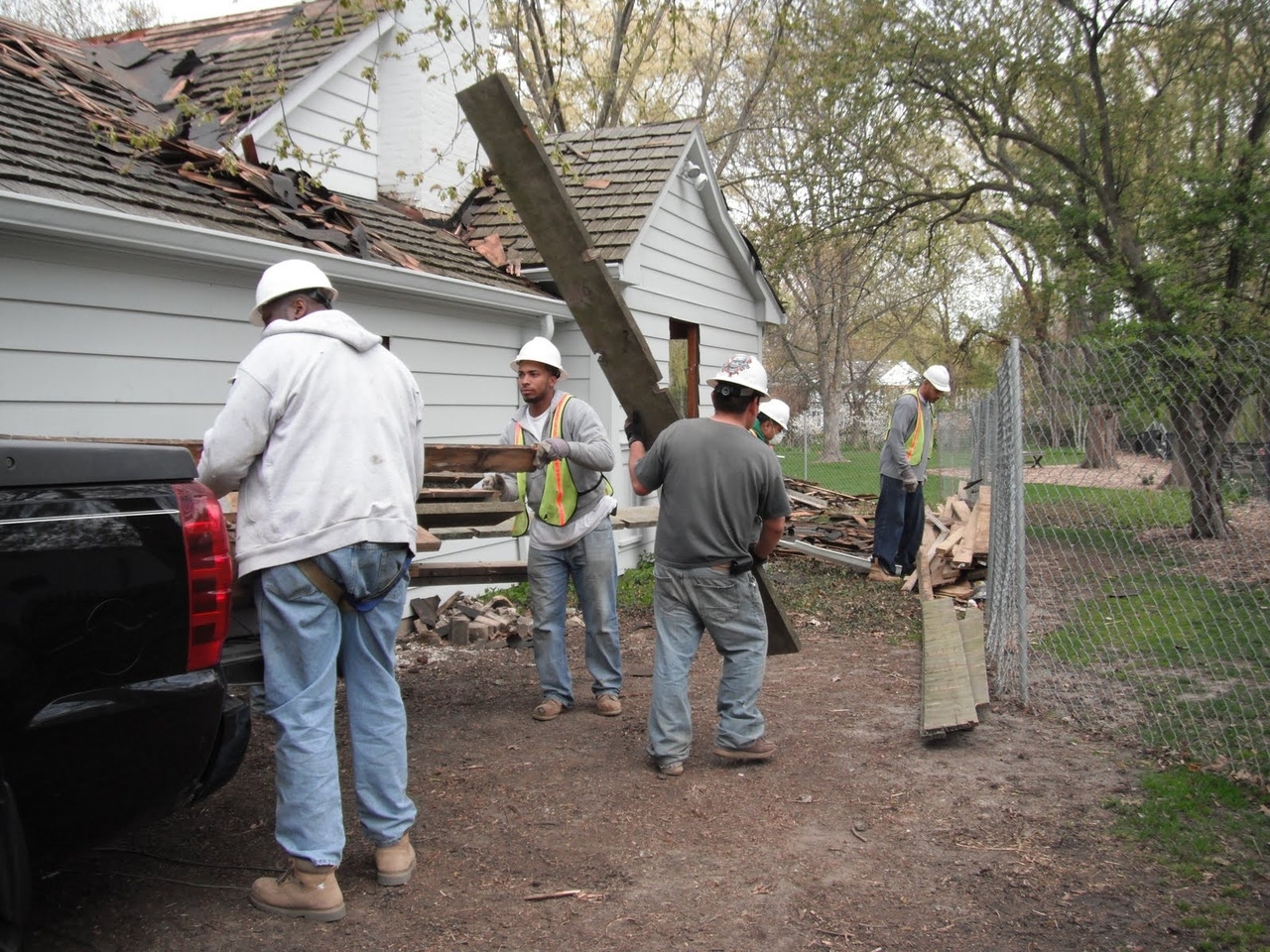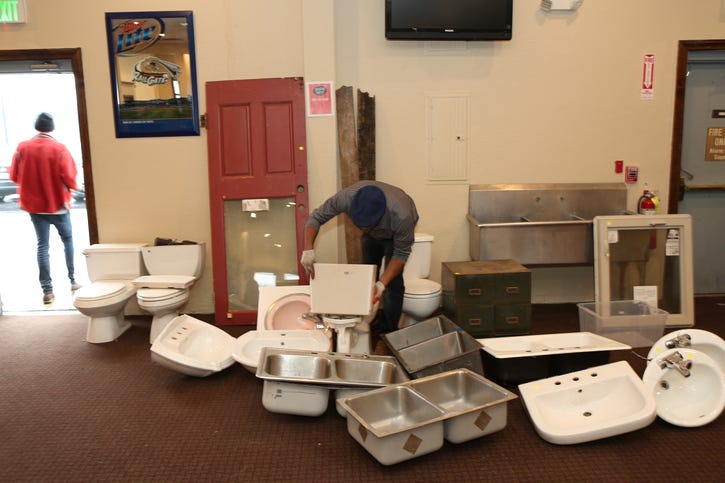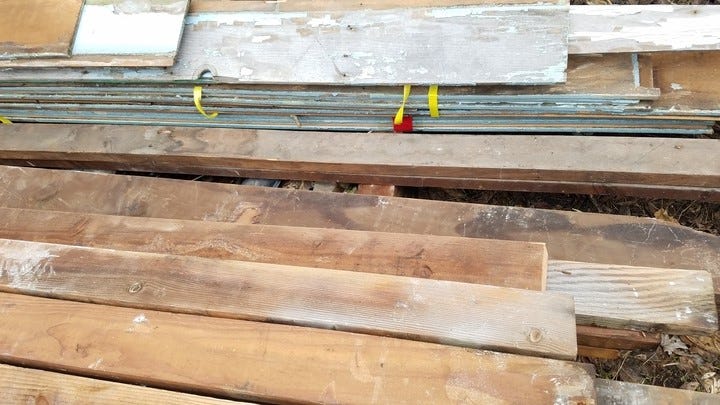Deconstruction Niche Attempts to Tackle C&D Waste
In addition, deconstruction can potentially generate jobs around harvesting, processing and selling materials.

As construction and demolition (C&D) debris piles on landfills, municipalities and private waste companies look for sustainable ways to manage these bulky, air space-consuming materials. An emerging niche called deconstruction offers unique solutions and a chance for multiple business types to play a role.
Deconstruction is about methodically recovering material during construction and demolition so it can be reused in its original form or made into new products.
Deconstruction can potentially generate jobs around harvesting, processing and selling materials. Those tapping into this niche range from nonprofits charged with employing and training unskilled people to high-end designers and furniture manufacturers wanting specific reclaimed woods.
The solid waste management industry is also beginning to capitalize, at least where there is policy to support deconstruction efforts.
Landfills with transfer stations may get tipping fees for managing these materials without having to dispose of them in their facility, if they can move the materials to another market and, ideally, get them to come into the stations sorted, says Eve Pytel, program director for Delta Institute, a nonprofit that helps facilitate deconstruction projects.
Deconstruction is working in Chicago largely because of restrictions on C&D waste—for instance, landfill bans, which drive infrastructure.
Nearby Cook County requires 70 percent recycling of residential demolition, and 5 percent must be reused, which can be applied toward recycling goals. Sixteen building material reuse stores have popped up in that region since the ordinance passed, says Pytel.

Opportunities have also sprouted along the East Coast and in California.
Humanim, a Baltimore-based nonprofit, started an enterprise around deconstruction and material reuse to create jobs for people returning from incarceration, who are poor and or have minimal education.
“What we liked about deconstruction is the industry is labor intensive, and it requires minimal skills to start with. It afforded us the ability to be financially sustainable while doing good social work,” says Jeff Carroll, vice president of Humanim.
Baltimore City pays the nonprofit to take down vacant rowhouses. Humanim palletizes wood and brick it salvages, processes it and sells it to builders and architect contractors across the country. The operation has recovered 1.2 million bricks since 2014.
“We capture the value while creating six to eight times more jobs than a demolition company would,” says Carroll.
Additionally, he says, the enterprise helps address two problems common in post-industrial cities: an abundance of decaying homes and unemployment.
“In dealing with both issues, we can get double the impact for the same dollars, and the city saw that,” says Carroll.

Chicago-based Rebuilding Exchange, whose focus, like Humanim, is workforce development, has a custom furniture and fabrications line that incorporates reclaimed materials like barn lumber. It sells to contractors, property managers, renters and homeowners. Rebuilding Exchange picks up materials and has drop-off locations to dispose of C&D materials and a warehouse.
“When we opened almost 10 years ago, the market was a lot less crowded. The renewed enthusiasm for artisanal goods, historic local preservation and appreciation for old-growth lumber has dramatically increased our success,” says Kelly Farley, executive director of Rebuilding Exchange.
Further, it addresses problems resulting from the absence of active landfills in the county where it operates.
“We provide customers with an affordable alternative to building materials they would be paying to dispose [at a remote location]. Folks can feel good about supporting our mission and can often claim the donation on their taxes,��” says Farley.
Milwaukee-based WasteCap Resource Solutions is a nonprofit that assists businesses in waste reduction. Its newest division sells reclaimed building materials from its deconstruction and salvage work.
The city of Milwaukee’s deconstruction ordinance has paved the way for growth in this space. Enacted in January, it establishes deconstruction requirements for dismantling primary dwelling structures that were built in 1929 or earlier; projects must achieve 85 percent landfill diversion by weight.
“The ordinance includes lofty goals, but we believe they can eventually be achieved if we start small with practical solutions that benefit all parties involved,” says Travis Blomberg, executive director of WasteCap Resource Solutions. “For example, growing a training program for deconstruction contractors, changing the initial requirement from full deconstruction to include less intensive deconstruction practices to reduce costs and grant funding to increase the willingness to pay for deconstruction.”
Such ordinances promoting reuse, he believes, will have trickle-down benefits in many areas.
“The reuse economy is similar to the recycling industry in that it creates more jobs throughout the value chain than strictly disposing material in a landfill. As the reuse market continues to grow, more jobs will be created downstream, including warehouse operations, retail, value-added manufacturing and job training,” says Blomberg.
About the Author
You May Also Like




.png?width=300&auto=webp&quality=80&disable=upscale)